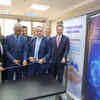Raymond Sharp
Citation Edward Raymond Sharp, known as “Ray,” was the center’s director for its first 20 years. Sharp expedited the wartime construction of the laboratory; empowered the research staff with the freedom and tools to succeed; and inspired fierce commitment and loyalty among the staff. Employees, management, local officials, and visitors were all drawn to Sharp’s […]
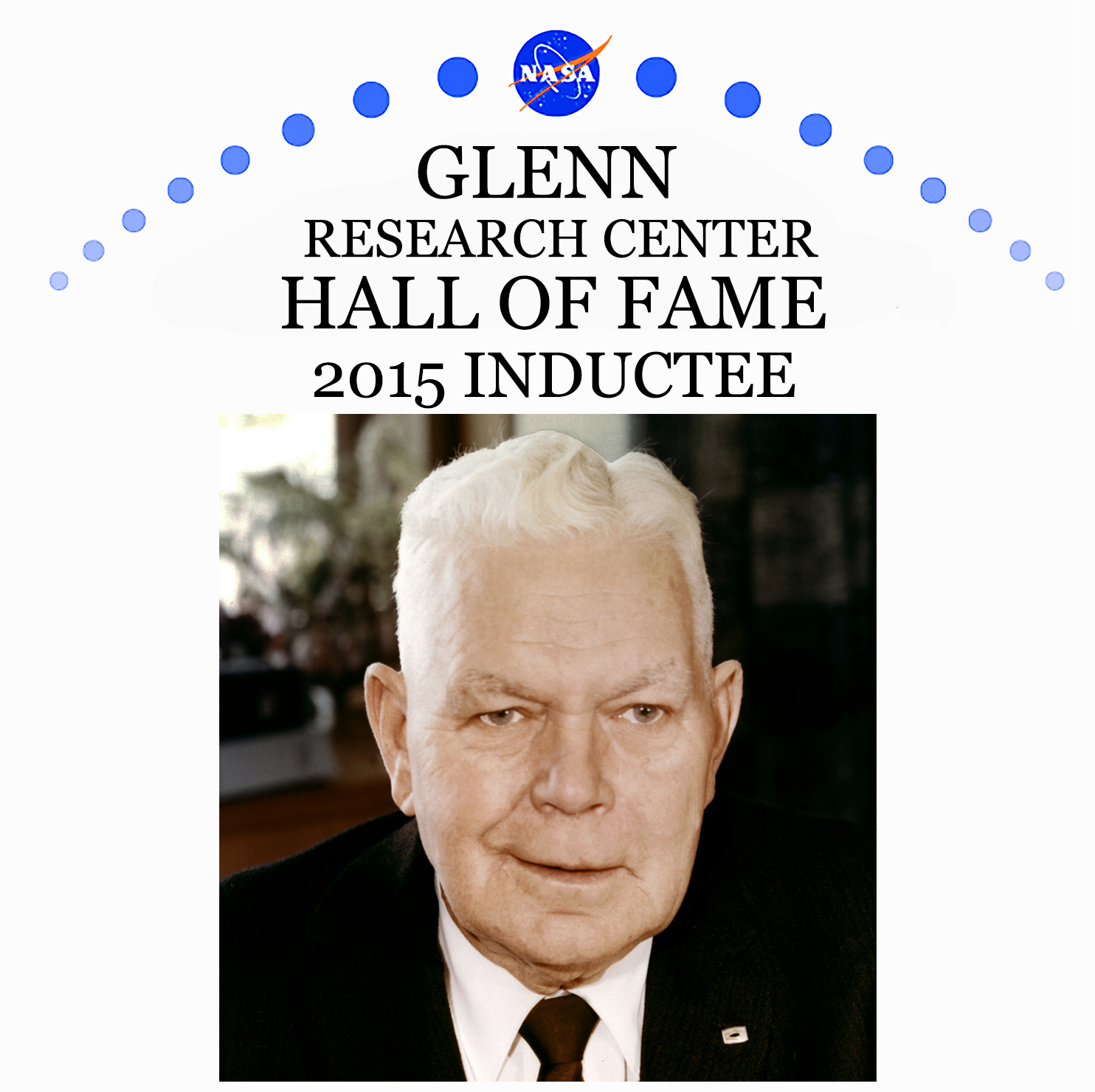
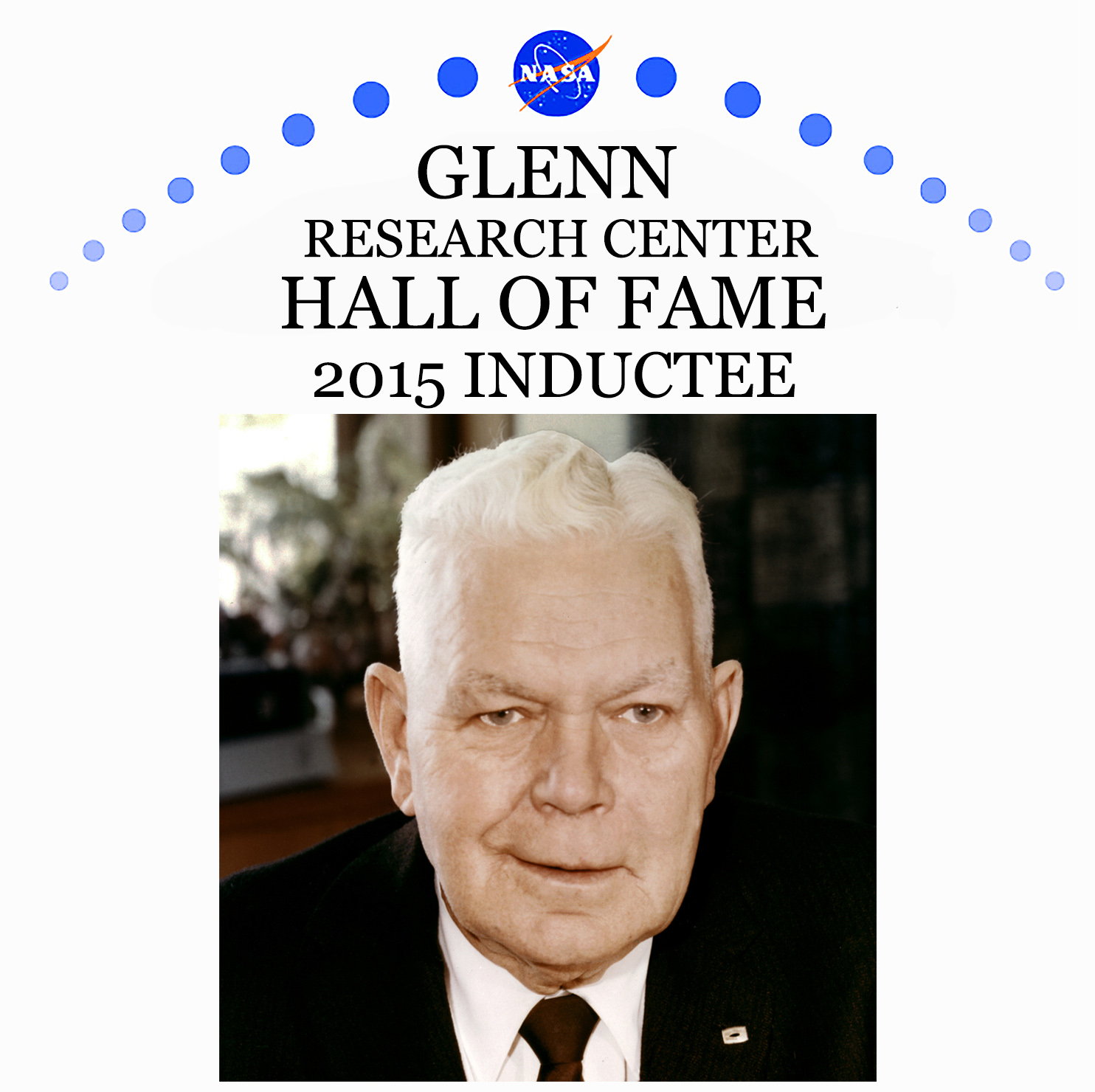
Citation
Edward Raymond Sharp, known as “Ray,” was the center’s director for its first 20 years. Sharp expedited the wartime construction of the laboratory; empowered the research staff with the freedom and tools to succeed; and inspired fierce commitment and loyalty among the staff. Employees, management, local officials, and visitors were all drawn to Sharp’s enormous personality. Although lacking any formal scientific of engineering training, Sharp’s determination to provide for his staff, attentiveness to the work being done, and sincere affection for the staff made him the rock upon which the center was built.
Biography
Edward Raymond Sharp, known as Ray, was, the guiding force for the first 20 years of the laboratory that would become the NASA Glenn Research Center. Sharp expedited the wartime construction of the lab, empowered the research staff with the freedom and tools to succeed, and inspired fierce commitment and loyalty among the staff. Employees, management, local officials, and visitors were all drawn to Sharp’s enormous personality. Although Sharp lacked any formal scientific or engineering training, his determination to provide for his staff, attentiveness to the work being done, and sincere affection for the staff made him the rock upon which the Center was built.
Sharp was born in rural Elizabeth City, Virginia, in 1894. As a young man he worked in shipyards all along the southeastern coastline. During World War I he served on the USS Sacramento gunboat, which managed to escort convoys through the North Atlantic and Mediterranean without engaging in battle. After the war, Sharp returned to the shipyards. In 1922 the Army hired him to lead the reassembling of the ill-fated Roma airship at Langley Field. Upon completion of the project, the NACA hired Sharp as its hangar manager. He was the NACA’s 54th employee. During this period Sharp earned a law degree at William and Mary and was quickly promoted. As Langley’s Administrative Officer, Sharp was subordinate only to Engineer in Charge Henry Reid from 1925 to 1940. The two men ran the laboratory and handled all dealings between Langley and Headquarters.
In September 1940 Langley named Sharp the chief of its Construction Division. This was a significant position, since the NACA had just decided to create two new research laboratories—the Ames Aeronautical Laboratory in Sunnyvale, California, and the Aircraft Engine Research Laboratory (which would later would become NASA Glenn) in Cleveland, Ohio. The NACA transferred Sharp to California in 1940 to supervise the construction of Ames. As that process was nearing completion in 1941, Sharp returned to Langley to supervise the construction and design of the engine lab. He also participated in the team that ultimately selected Cleveland for the new lab.
In August 1941 Sharp arrived in Cleveland to personally oversee the construction—which was already over budget and behind schedule. For the next year and a half, Sharp worked tirelessly to complete the work and make the Lab operational. The completion of the hangar in the fall of 1941 was the first big accomplishment. This permitted the first transfer of Langley personnel to Cleveland in December 1941, just as the United States entered the war. Sharp was crucial to the difficult negotiation of a contract with the primary construction company. He and Headquarters officials brought the contract to the White House on December 31 where President Roosevelt approved it. The pace of the construction accelerated almost immediately, and the Laboratory was completed ahead of schedule.
As the facilities were beginning to operate in December 1942, Headquarters asked Construction Manager Ray Sharp to stay on and administer the new Laboratory upon its completion. This decision brought an outpouring of gratitude from the staff. At nearly 50 years old, Sharp was one of the oldest people at the laboratory. As such, he and his wife Vera were natural parental figures—particularly for the large number of young mechanics and clerical and administrative staff members at the lab. Sharp was frequently out of his office visiting the test cells and offices. As a result he was familiar with nearly every employee and, despite his lack aeronautical training, understood the work being done. Sharp also made a conscious effort to unify the staff by hosting a wide array of social events, extracurricular activities, and sports leagues.
Sharp also encouraged the use of young, untrained individuals. He was among the first to recognize the potential of teenage model aircraft enthusiasts. The lab used aircraft model builders to create models for wind tunnel tests, but Sharp felt that their ability to continually improve designs was applicable to a range of NACA positions. To facilitate this, he instituted the Apprentice Program, which trained unskilled individuals to be mechanics, electricians, and technicians.
Sharp came from a managerial background. Instead of trying to direct the lab’s research himself, he entrusted this to his technical staff—particularly Chief of Research Addison Rothrock and the core division chiefs that transferred from Langley. Sharp claimed that he would rather have employees view him as an advisor rather than a boss. Immediately after the war, he allowed his staff to reorganize the new laboratory to focus on turbojets. In 1949 Sharp appointed Abe Silverstein, the head of the Wind Tunnels and Flight Division, to fill the vacant chief of research position. It soon became the associate director position. Sharp handled the administrative aspects of running the laboratory, while Silverstein managed the research and test facilities. It was a highly successful arrangement.
Sharp managed the Lab’s budget, operations, and dealings with Headquarters and the local community. He was unafraid to fight Headquarters, Congress, or other institutions to provide his staff with the tools they needed to carry out their work—world-class facilities, valuable new staff members, and funding—to create the environment for his employees to succeed. Sharp was proud of their successes. He readily showed the lab off to visitors or in the press, and regularly posed for photographs with guests in front of the Administration Building.
In 1947 President Truman awarded Sharp the U.S. Medal for Merit for his work to get the laboratory functioning quickly during World War II. The following year, Case Institute of Technology awarded him an honorary doctorate degree.
Sharp continued to lead as the space program began to take shape. He pushed forward his staff’s opinion that the NACA should lead the new space efforts, and he served on the NACA’s Special Committee on Space Technology, which ultimately outlined the role that the NACA would play when the new space agency—NASA—was founded. Sharp retired on December 31, 1960—nearly 40 years after joining the NACA. NASA awarded him with its Medal for Outstanding Leadership and named him Director Emeritus. Ray Sharp passed away in July 1961.
At the NASA Lewis Research Center’s memorial service, Acting Director Gene Manganiello said, “Because this choice of words is so difficult, let me borrow a statement from Disraeli: “Life is too short to be little.” This to me expressed perfectly the person, the philosophy, and the character of Ray Sharp. He was not little but big—big in everything—in person, in the enjoyment of life, in ideas, in humanitarianism, and in the conception and execution of all enterprises with which he was associated.”
In 1986 center management decided to name the new Employee Center in honor of Sharp.
Related Documents
- Sharp Center Director Biography
- Sharp: Leading from the Ground Up
- Sharp–An Appreciation (1961)
- Sharp Biographical Sketches (1950s)
- Sharp Articles (1941-2009)
- Sharp Named Manager (1940)
- Sharp Service Medal (1947)
- Sharp Medical Library Press Release (1963)
Photographs
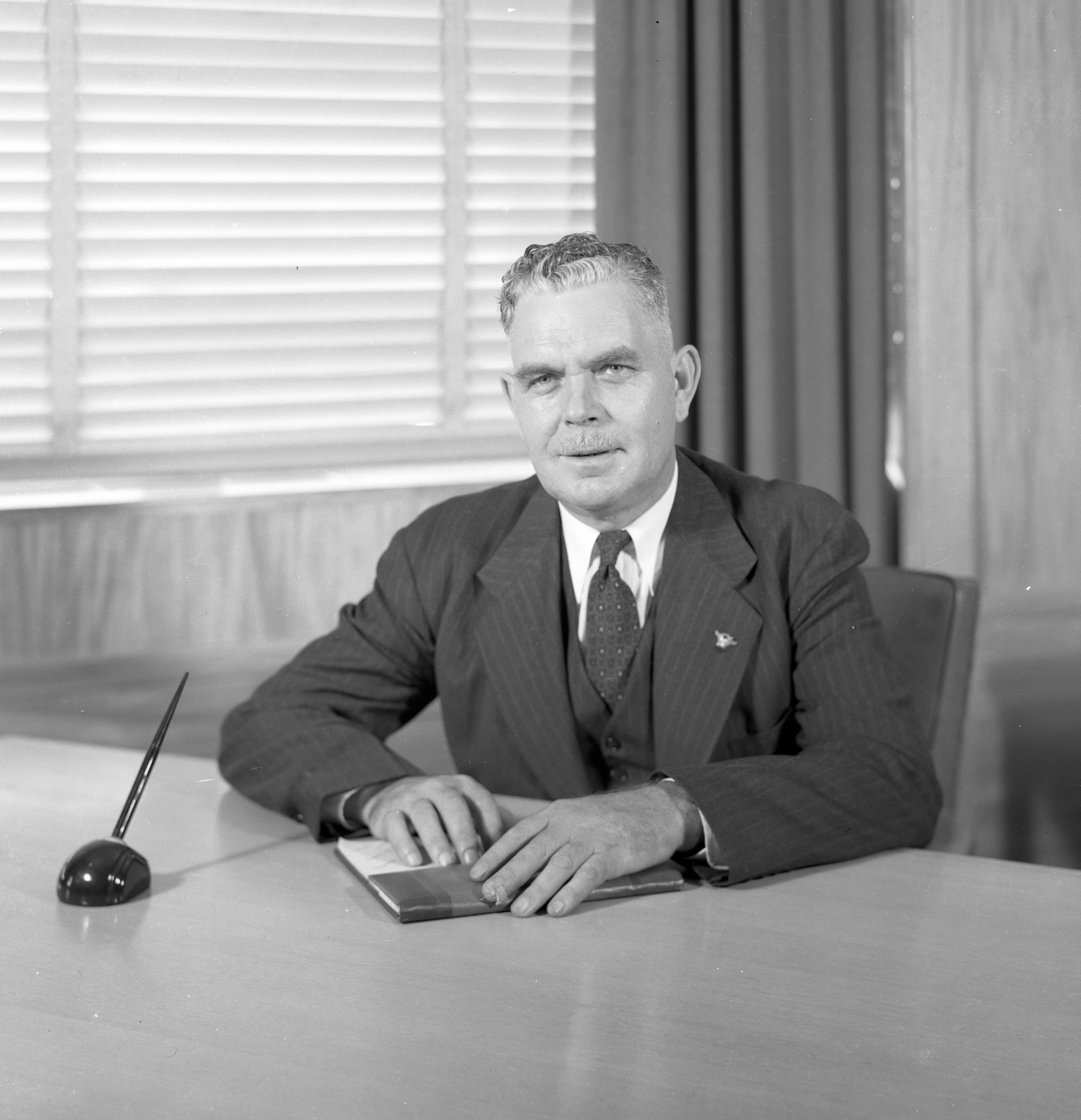
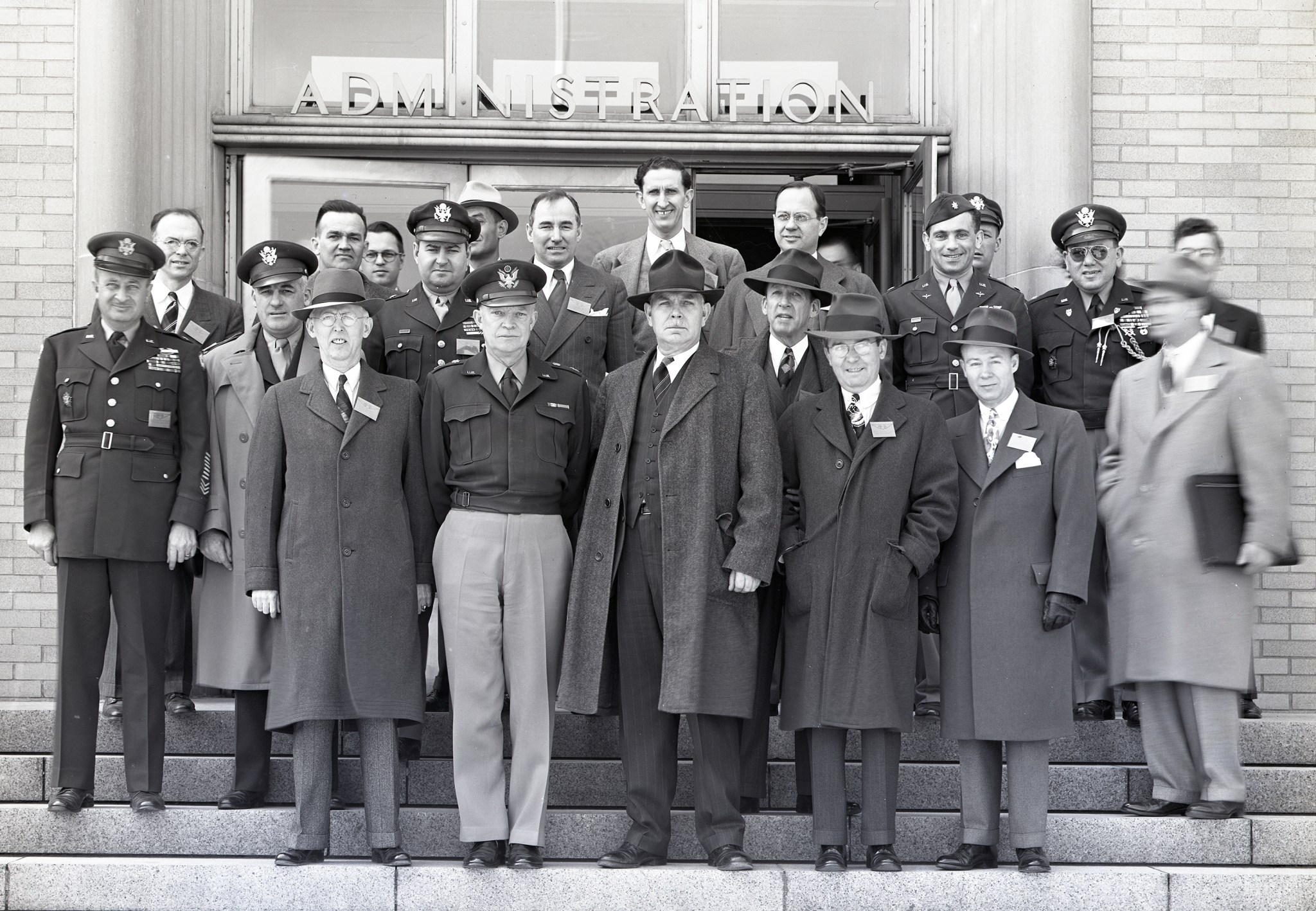
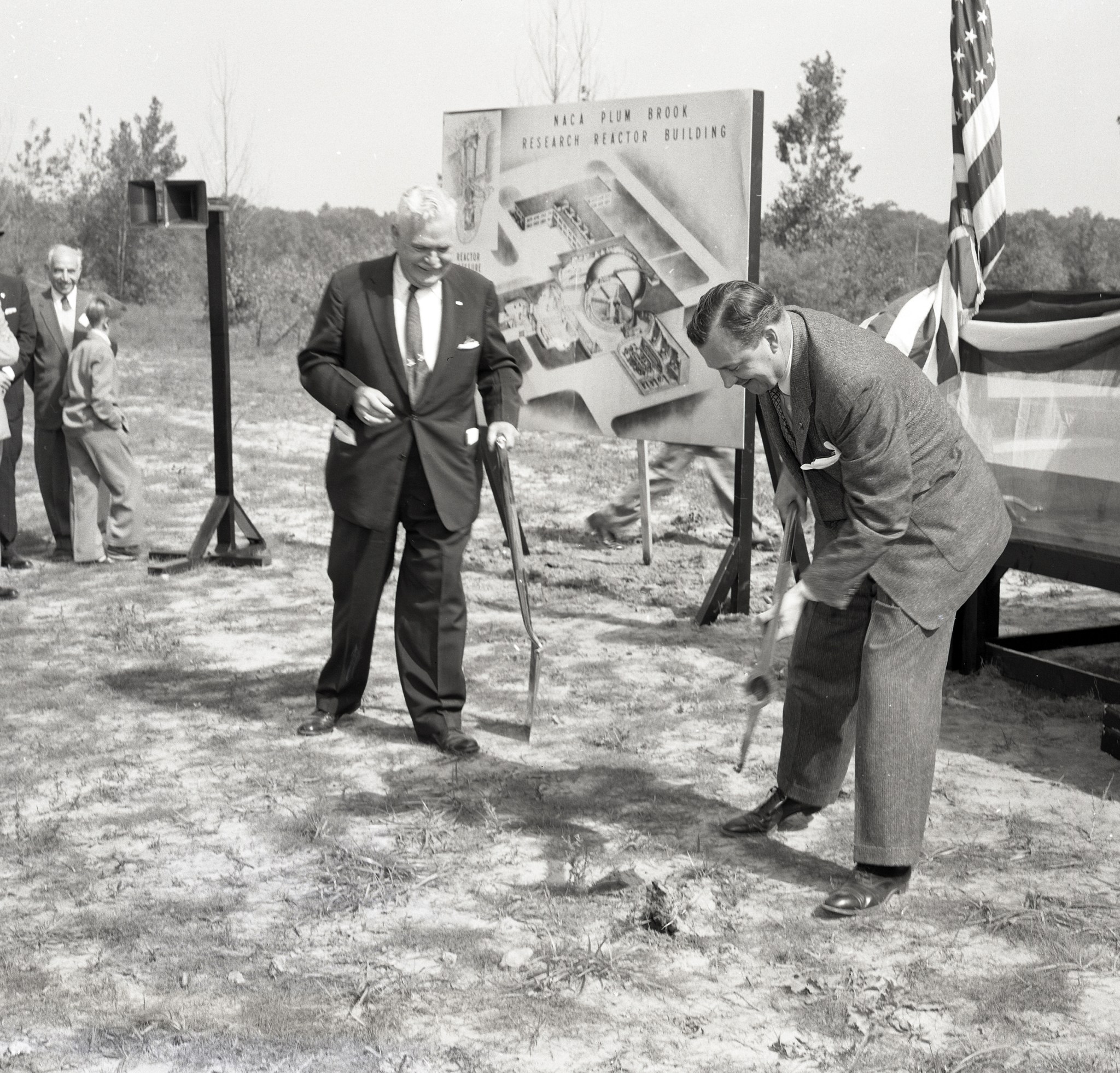
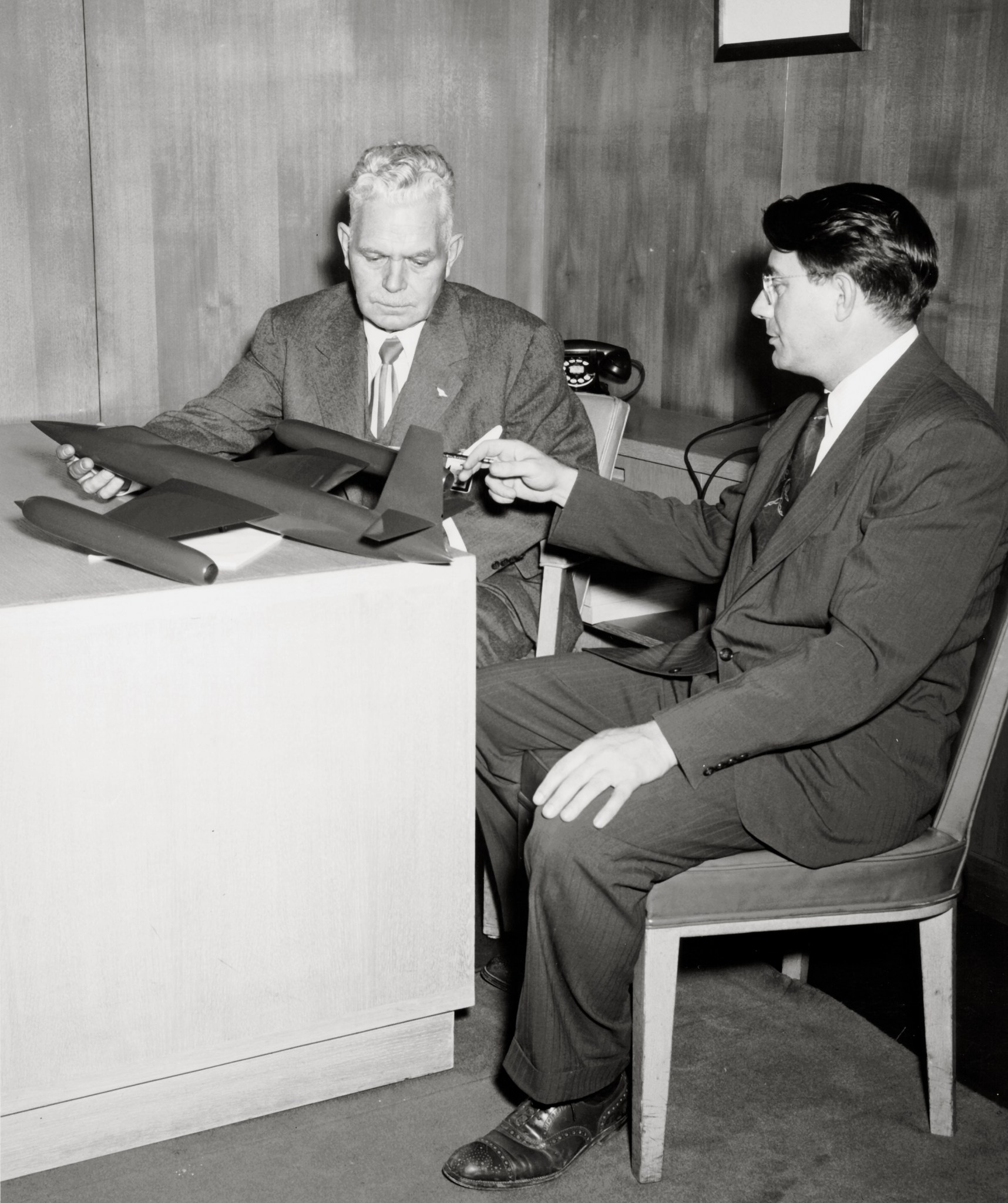
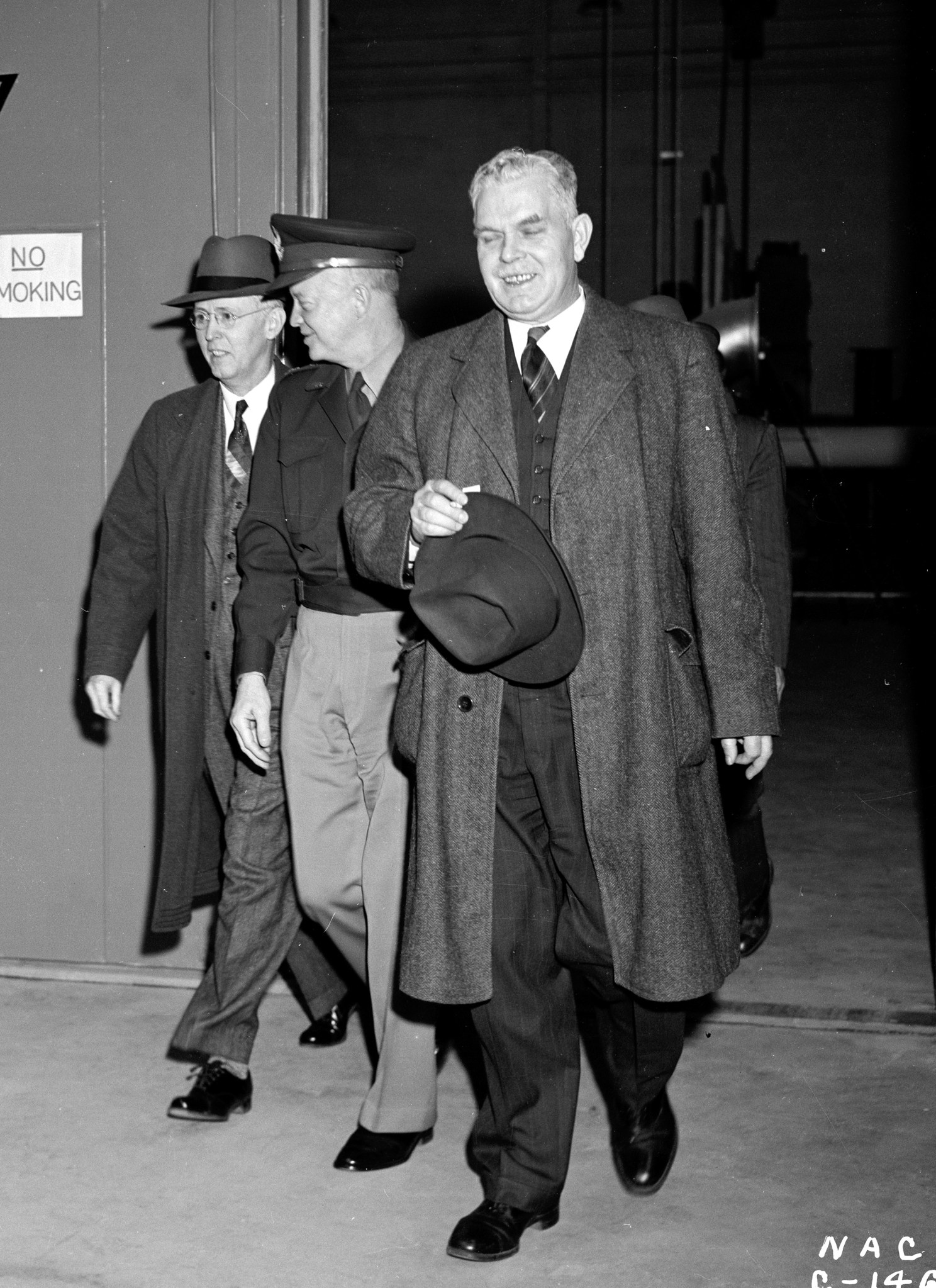
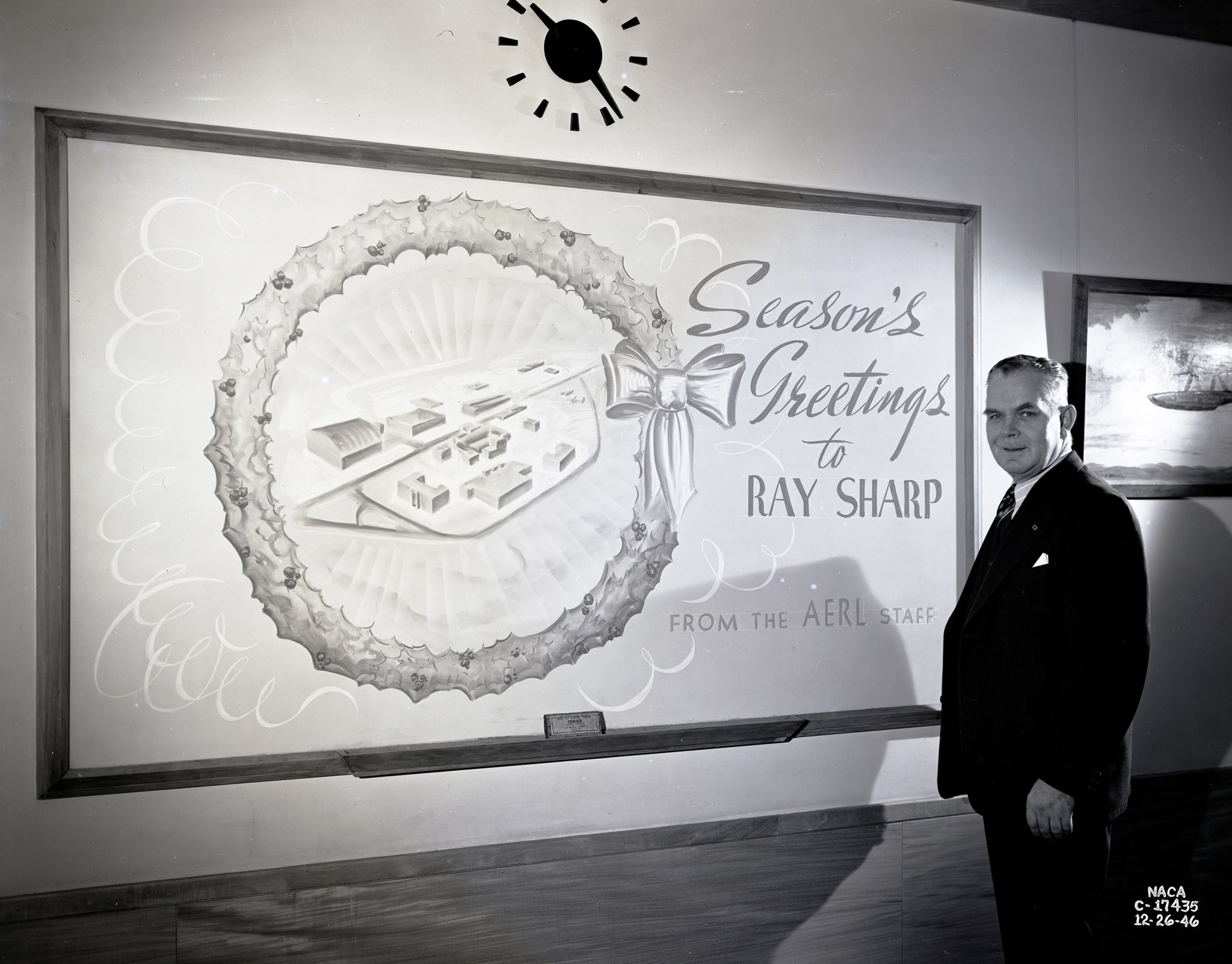
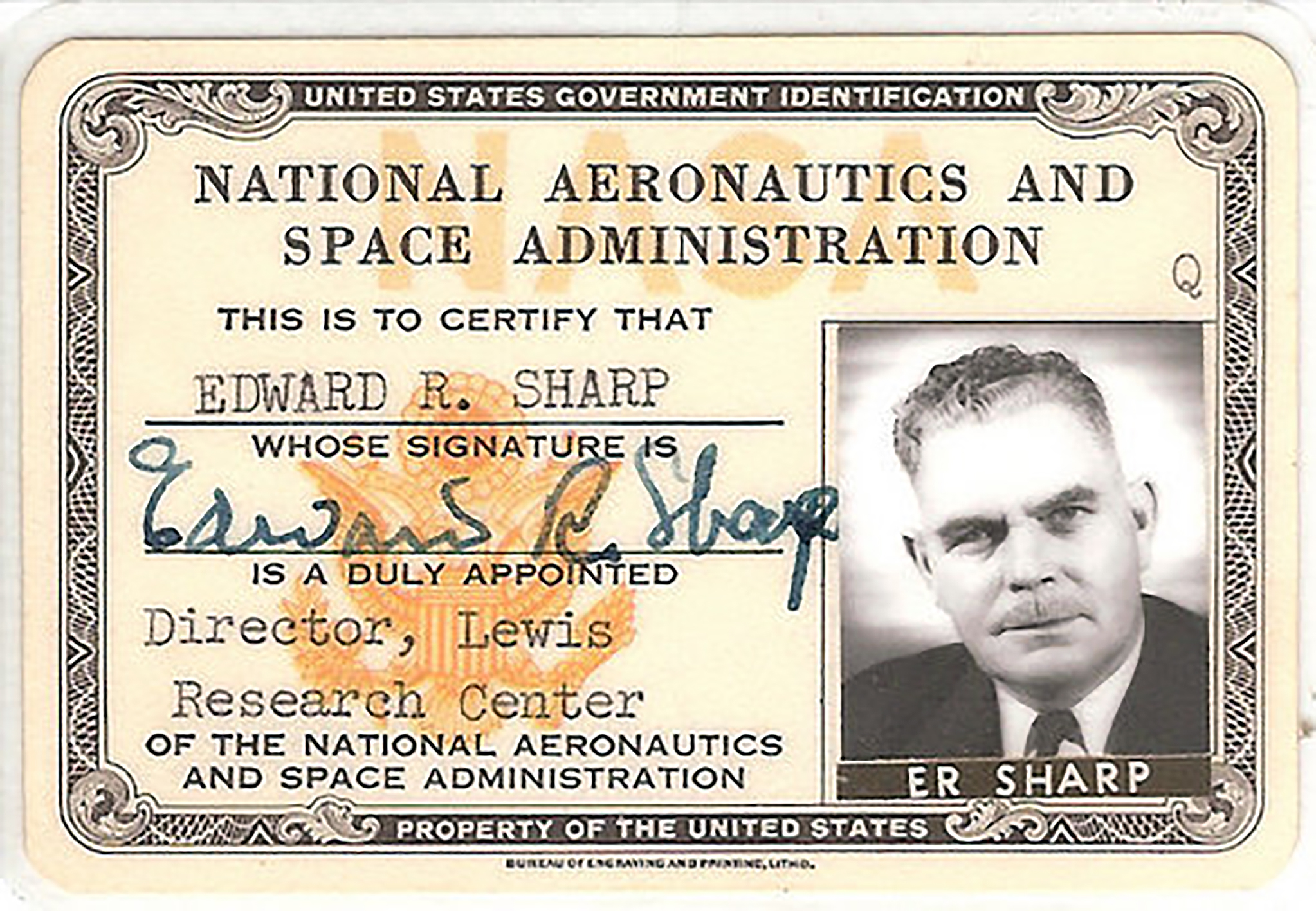
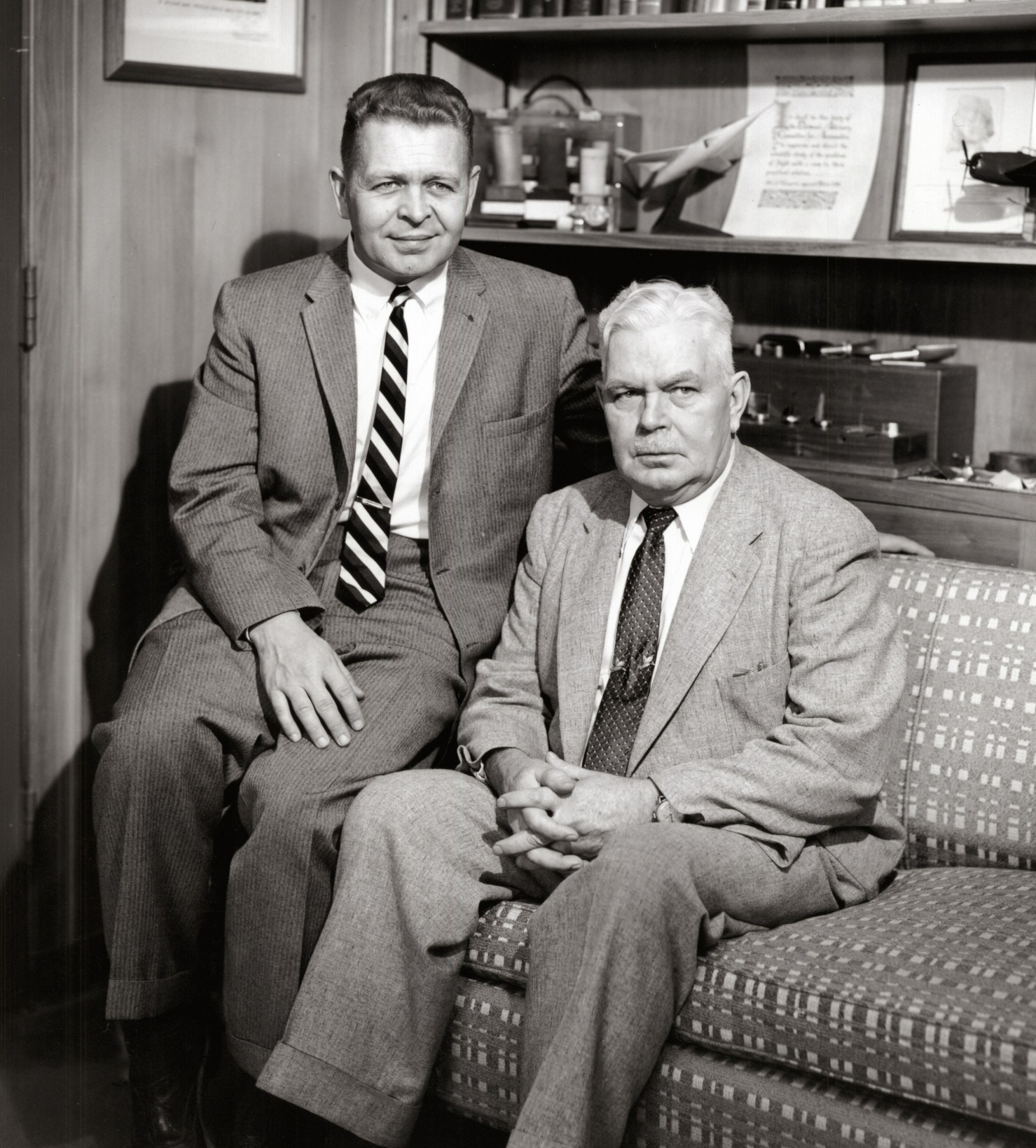
What's Your Reaction?



















.jpg?#)




























